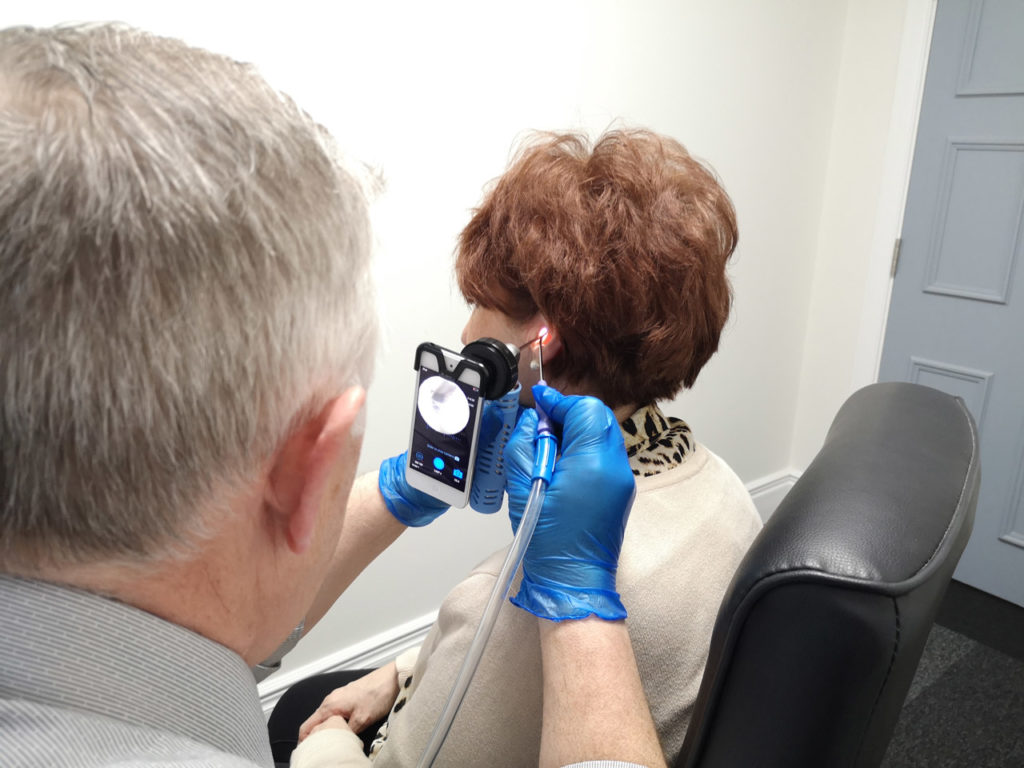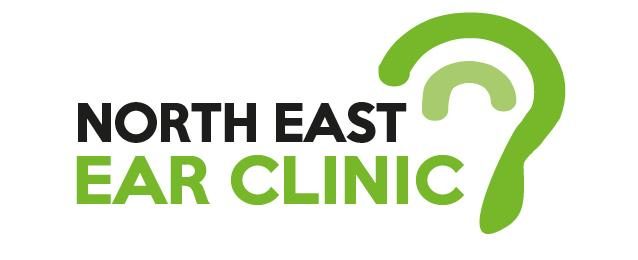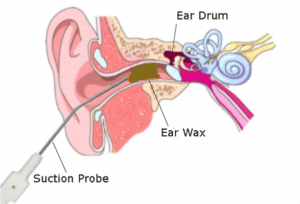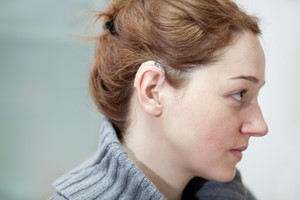
An alternative to micro-suction is endoscopic ear wax removal, it is quicker and easier to perform than micro-suction. To perform endoscopic ear wax removal an
A 2010 Health Technology Assessment by AJ Clegg et. al. concluded that endoscopic ear wax removal is superior to microscopic wax removal – microscopic wax removal uses an operating microscope or surgical loupes to get a magnified view of the ear canal and ear drum – a speculum (small funnel) must be inserted into the ear canal in order to provide a view, and the speculum takes up some of the space within the ear canal, further restricting the practitioner’s view. Furthermore, the speculum can sometimes cause minor trauma to the skin of the ear canal if the ear canal is very narrow.
How Does it Work?
In contrast, endoscopic ear wax removal uses a fine 2.8mm endoscope inserted part way into the ear canal. The endoscope is a rod containing fiber-optics to relay light from a light source to illuminate the canal and a solid lens (or series of lenses) to relay the view from inside the canal to the outside. The endoscope can be either viewed directly, or imaging equipment can be attached to provide better magnification
Side Effects and Risks
As with micro-suction, endoscopic ear wax removal can be noisy. There is a very small risk, as with all other wax removal treatments, that some people may report tinnitus or increased tinnitus if they already experienced it pre- ear wax removal. There is a small chance of slight bleeding due to grazing and scratching the ear canal with the suction probe. However, compared to micro-suction, this risk is further reduced because there is more o




